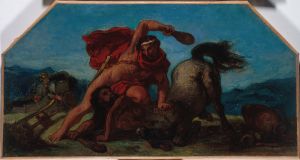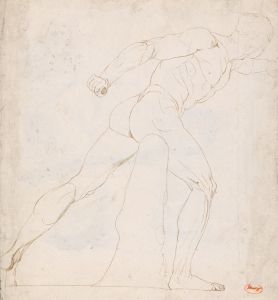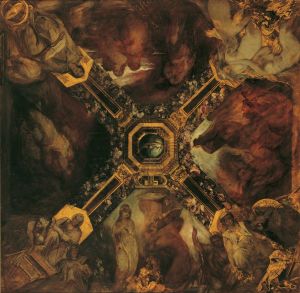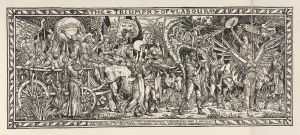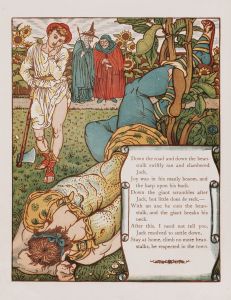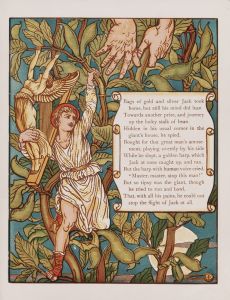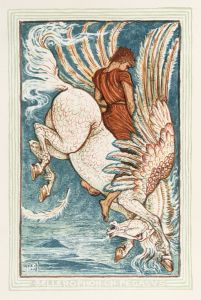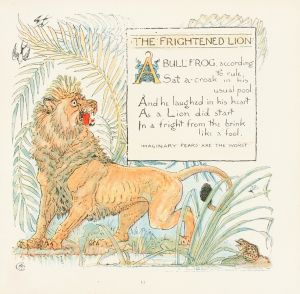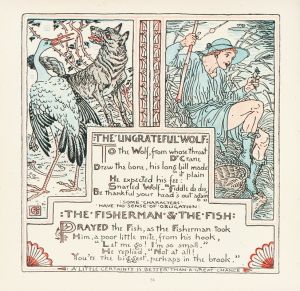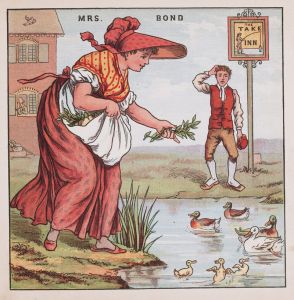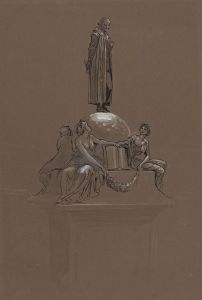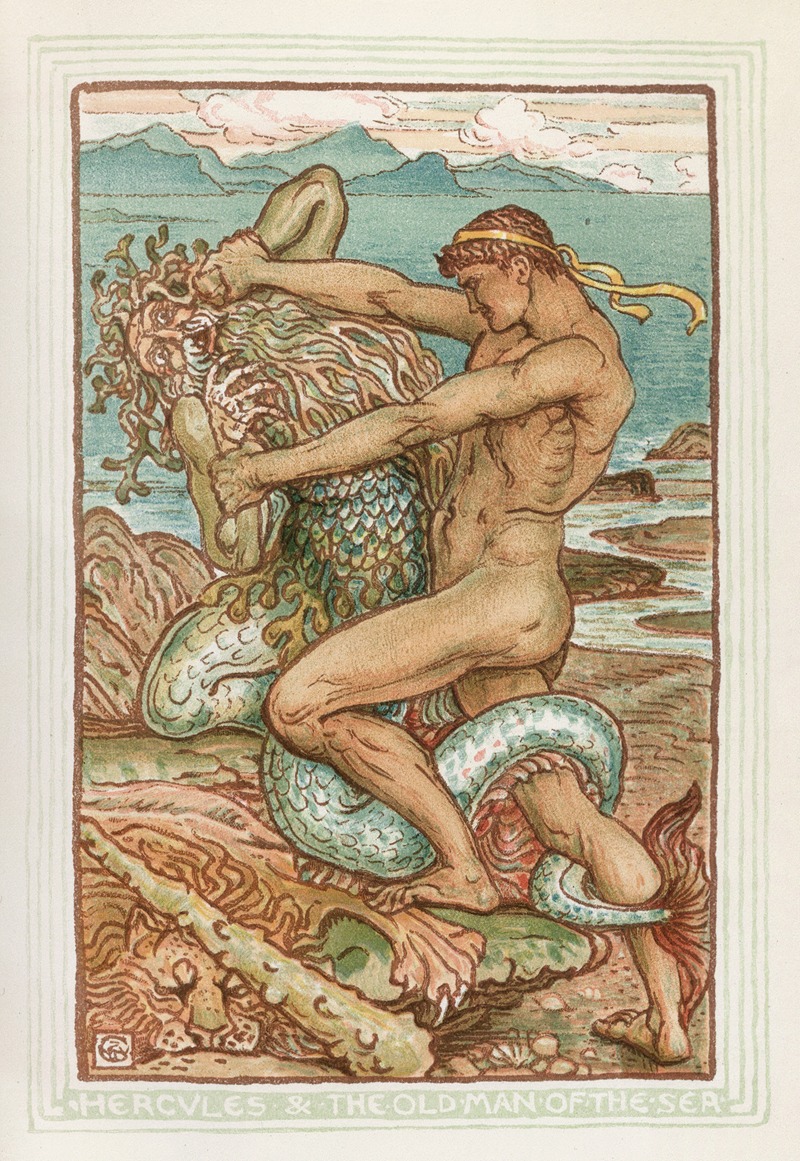
Hercules and the old man of the sea
A hand-painted replica of Walter Crane’s masterpiece Hercules and the old man of the sea, meticulously crafted by professional artists to capture the true essence of the original. Each piece is created with museum-quality canvas and rare mineral pigments, carefully painted by experienced artists with delicate brushstrokes and rich, layered colors to perfectly recreate the texture of the original artwork. Unlike machine-printed reproductions, this hand-painted version brings the painting to life, infused with the artist’s emotions and skill in every stroke. Whether for personal collection or home decoration, it instantly elevates the artistic atmosphere of any space.
Walter Crane was a prominent English artist and illustrator, known for his contributions to the Arts and Crafts Movement and his work in children's book illustrations. One of his notable works is "Hercules and the Old Man of the Sea," which reflects his interest in classical mythology and his distinctive artistic style.
Walter Crane was born on August 15, 1845, in Liverpool, England. He was heavily influenced by the Pre-Raphaelite Brotherhood and the ideals of the Arts and Crafts Movement, which emphasized traditional craftsmanship and the decorative arts. Crane's work often featured elaborate designs, vibrant colors, and a keen attention to detail, characteristics that are evident in "Hercules and the Old Man of the Sea."
The painting "Hercules and the Old Man of the Sea" depicts a scene from Greek mythology involving Hercules, the legendary hero known for his strength and numerous adventures. In this particular myth, Hercules encounters the Old Man of the Sea, also known as Nereus, a sea god who possesses the ability to change his shape. Hercules is tasked with capturing Nereus to obtain valuable information, and the painting captures the moment of their encounter.
Crane's interpretation of this mythological scene is marked by his use of rich colors and intricate patterns, which were hallmarks of his style. The composition likely reflects his interest in the decorative potential of mythological subjects, as well as his ability to convey narrative through visual art. His work often blended elements of fantasy and reality, creating a dreamlike quality that appealed to both children and adults.
Crane's contribution to art extended beyond his paintings. He was also a prolific book illustrator, and his work in children's literature is particularly celebrated. His illustrations often accompanied fairy tales and nursery rhymes, bringing stories to life with his imaginative and detailed artwork. Crane's ability to capture the essence of a story through his illustrations made him a beloved figure in the world of children's literature.
Throughout his career, Crane was an advocate for the integration of art into everyday life. He believed in the democratization of art and was involved in various social and political causes, including the promotion of art education and workers' rights. His commitment to these ideals was reflected in both his artistic output and his public life.
Walter Crane passed away on March 14, 1915, leaving behind a legacy of artistic innovation and a body of work that continues to be celebrated for its beauty and creativity. "Hercules and the Old Man of the Sea" remains a testament to his skill as an artist and his ability to draw inspiration from the rich tapestry of mythology and legend.





